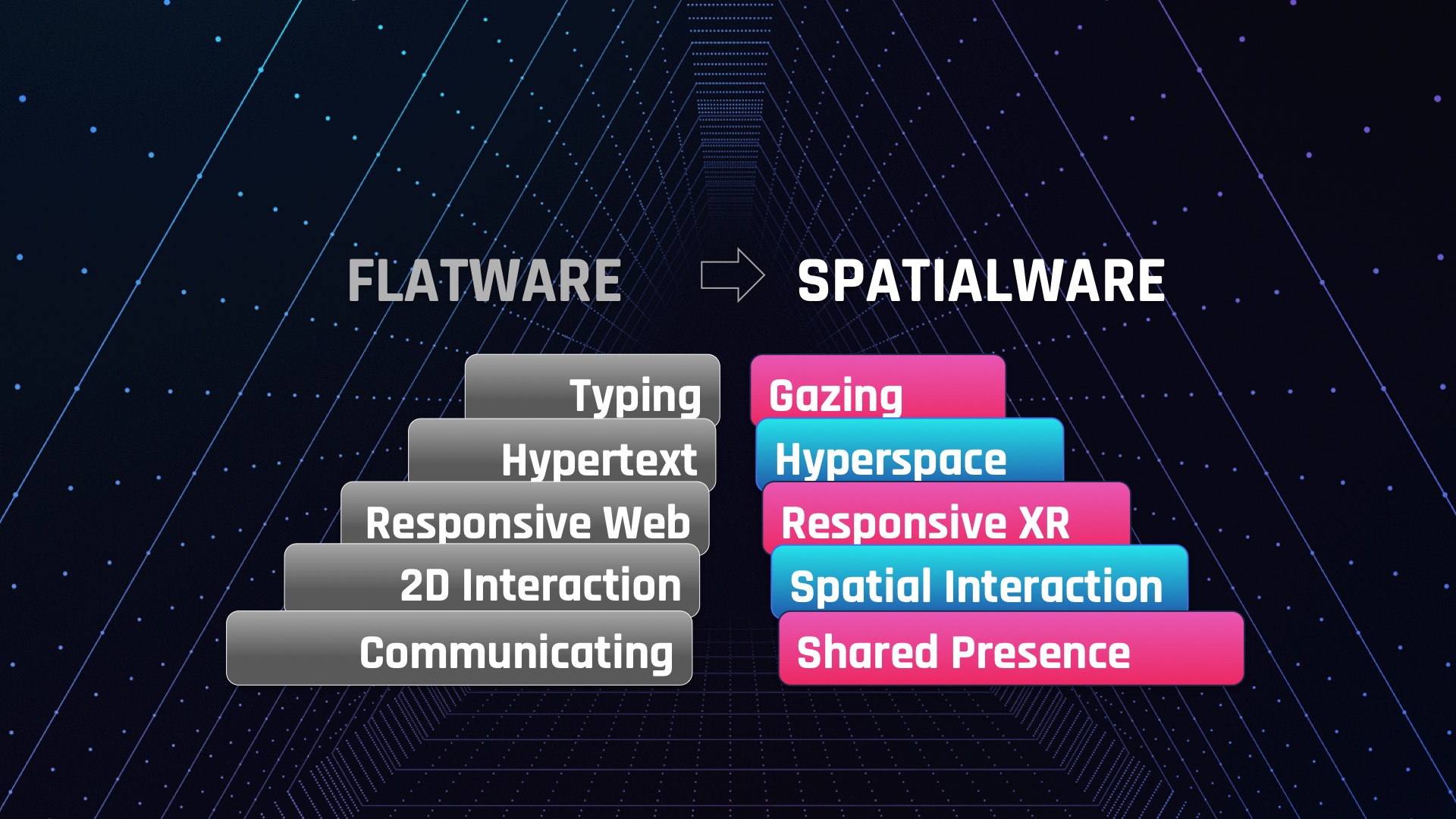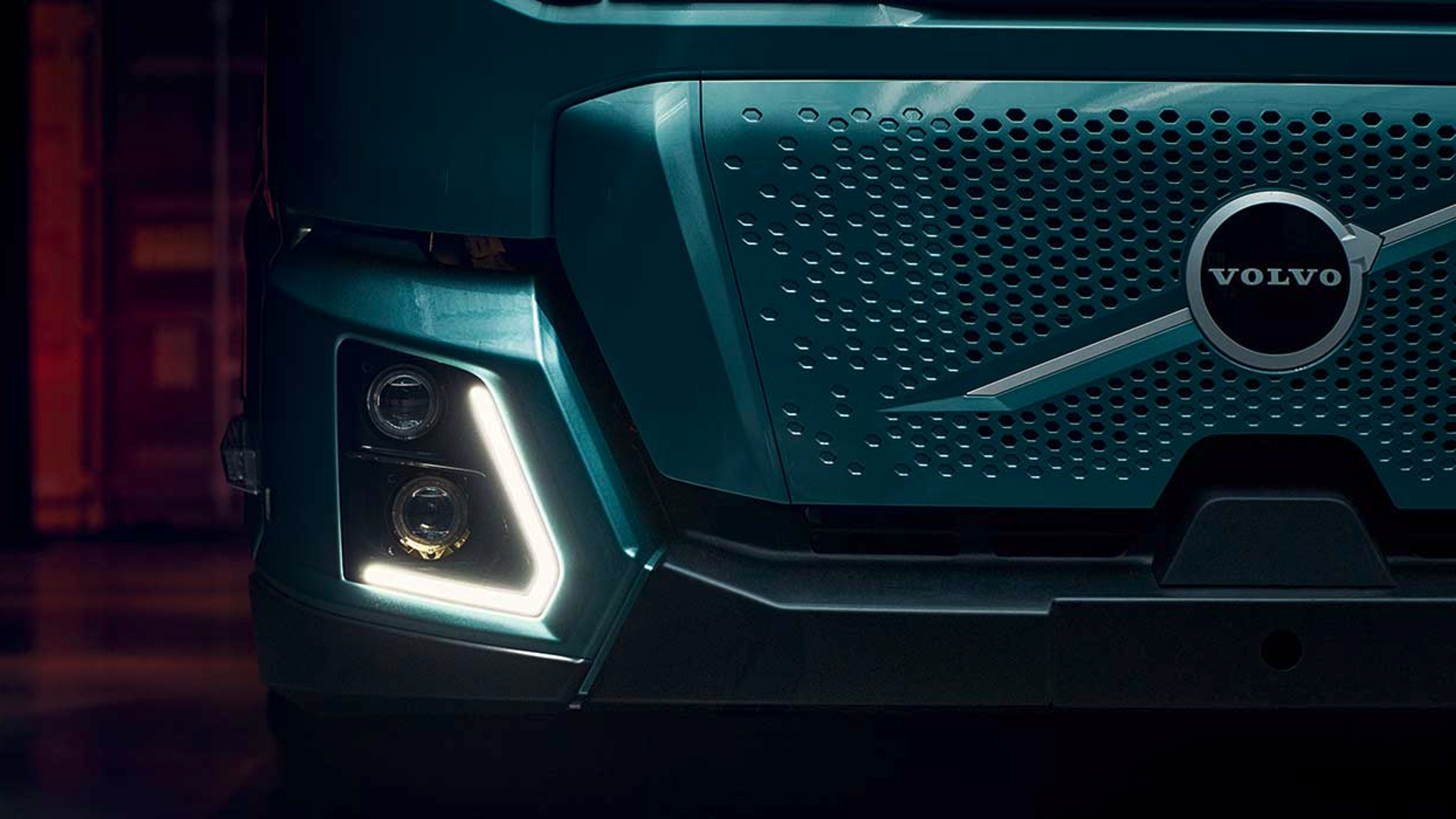For 50 years,computing has been a two-dimensional representation of a three-dimensional world.
Now, tech giants and thousands of startups seeking growth opportunities beyond mobile are setting spatial computing on a trajectory for exponential growth. These companies see spatial computing as a way to organize and interact with information in space rather than on a flat screen. In order to unlock the next dimension of spatial computing, they are leveraging technologies such as AR and VR, plus a good measure of AI and a completely new interaction approach--interaction with the world around you, in three dimensions.Spatial computing is native to the human species because it imitates real life experiences. Today, most large corporations are adopting the technology to improve their business because it demonstrates measurable ROI, and consumers are beginning to appreciate the radical benefits of spatial computing, which could signal the next dimension of humanity. In 2019, everyone must enter the next dimension to understand the impact this new wave of computing is bound to have on their lives and jobs.
How come it took 50 years to get here?
THE NEXT DIMENSION OF COMPUTING
In the "mother of all demos" on December 9th, 1968 at the Fall Joint Computer Conference, Engelbert introduced the fundamental elements of modern personal computing: Windows, hypertext, graphics, navigation, video conferencing, the mouse, and many more. It was very prophetic, but it was presented on a two dimensional screen.The shocker is that during that same week, at the same conference, there was another breakthrough demo. Ivan Sutherland demonstrated a concept of a three-dimensional display in which the image of an object changes in exactly the same way the image of a real object would change for similar motions of the head. Computing imitating real life experiences? That made total sense.
Why did Sutherland take a radically different approach from the contemporary consensus of a two-dimensional screen? In his own words: "We live in a physical world whose properties we have come to know well through long familiarity. We sense an involvement with this physical world, which gives us the ability to predict its properties well."
So why did the industry choose the other 2D path?
It certainly wasn't more natural. Our brains aren't designed for the constant switch between 2D and 3D. It overloads the brain with useless processes and it's not an efficient use of our mental resources.
2D was simply easier to implement.
Or, as Tom Furness said, "We certainly had the dreams before, but the computing just wasn't good enough."
But now, technology is catching up to our natural way of capturing and consuming information.
As much as we try to evolve and ignore our genetic roots, recent trends are recognizing our origins and promoting changes in lifestyle that take those roots into consideration: Food, healthcare, exercise...and now technology.
Consider carpal tunnel, back pain, tech neck, nearsightedness, not to mention the impact on our memory and social interactions. These are all afflictions caused by using modern tech in an unnatural way.
Spatial Computing is native to the human species because it uses our natural senses the way we used them for the millions of years preceding the mother of all demos. Engelbert introduced modern computing; and now we're entering the post-modern computing era.
THE NEXT DIMENSION OF HUMANITY
The new computing wave is not just about cool new tech, or even about immersive experiences. It represents a much greater picture for humanity. As most large corporations recognize measurable ROI from adopting the technology and as consumers begin to appreciate the radical benefits, spatial computing is signaling the next dimension of humanity; opening opportunities for knowledge creation and collaboration on a scale humanity has never before experienced.Scientists and educators persistently remind us that we learn better in 3D, particularly when all the senses are involved. We prefer to glance, reach out and listen to information in our surroundings, rather than search for it. Spatial interactions will free us from the shackles of a two-dimensional screen and accelerate the efficiency of creating and consuming information.
Moreover, spatial computing's ability to see, hear and feel us as we perform tasks in the real world allows for knowledge capture as a consequence of our activities without requiring extra efforts to create it. We become more productive by avoiding the need to purposefuly generate knowledge from scratch, a chore typically limited to a small number of dedicated contributors. The more people use, contribute and consume information this way, the better it gets. The inherent attributes of spatial computing in capturing and consuming information are poised to help humanity leap forward exponentially.
Yuval Harari observed in his book Sapiens that what made the human species the ruler of earth wasn't our ability to think as individuals but instead our ability to think together in large groups. Building on AR Cloud infrastructure (or what Wired Founder Kevin Kelly calls Mirrorworld), spatial computing will enable millions of people to collaborate - not with text but by visually capturing the collective human intelligence about every person, place and thing - and make it available to anyone - not by search but at a glance wherever you go.
Wikipedia was an unprecedented feat and a great example of the power of millions collaborating on knowledge creation. The spatial wikipedia will eclipse it many fold.
Everyone must look at how this technology wave will impact their lives and businesses, or they'll be left out of the next dimension of humanity.
Where are we on this trajectory? How long before this vision hits the mainstream?
THE NEXT DIMENSION OF AR AND VR
Spatial computing was ignited on that fateful December in 1968 and has been in the research domain for decades. The good news is that following a peak hype and some early disappointments this decade, the foundation is already here and it's "good enough." Tech giants looking for the next growth opportunities beyond mobile have invested billions in spatial computing, giving rise to mainstream tools empowering developers to build AR and VR content compatible with over a billion devices currently in the market. The barriers to entry for creators have been knocked down. Now, it's up to them to create indispensable experiences that enrich our lives and work. With over 70% of Fortune 1000 corporations already implementing or planning to implement AR and VR by 2020 and with investors pouring billions into strartups, spatial computing is entering the next dimension of its life cycle.The transition away from 2D is fundamental:
From flatware to spatialware
From finding information by typing to gazing or talking
From navigating with hypertext to hyperspace (scroll to stroll)
From responsive web pages to responsive spaces
From 2D interaction to spatial interaction
From 2D communication to shared presence
We are moving the Internet off of screens and into the real world.

If you want to understand what the new wave of computing means for you, how it will help humanity advance, and try out Spatial Computing as it is today, then enter the next dimension with the entire XR community at the 10th AWE in California this May.



